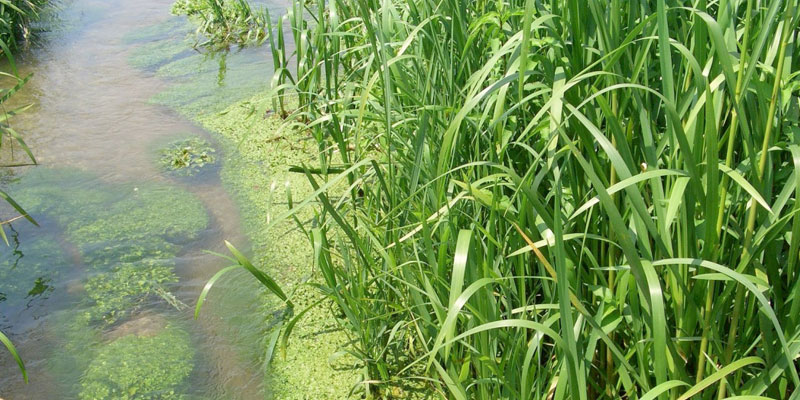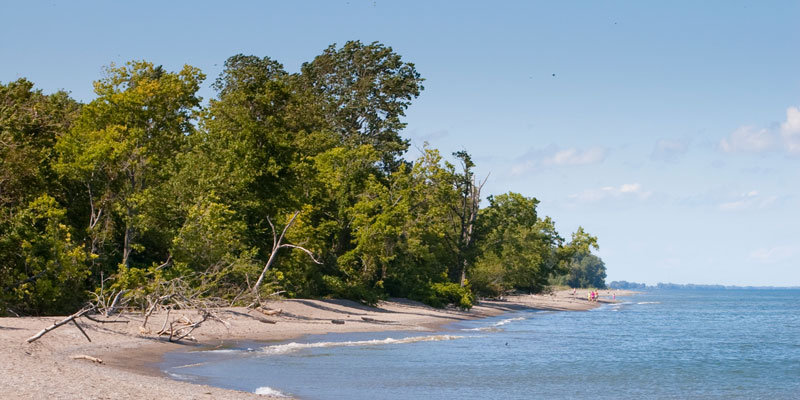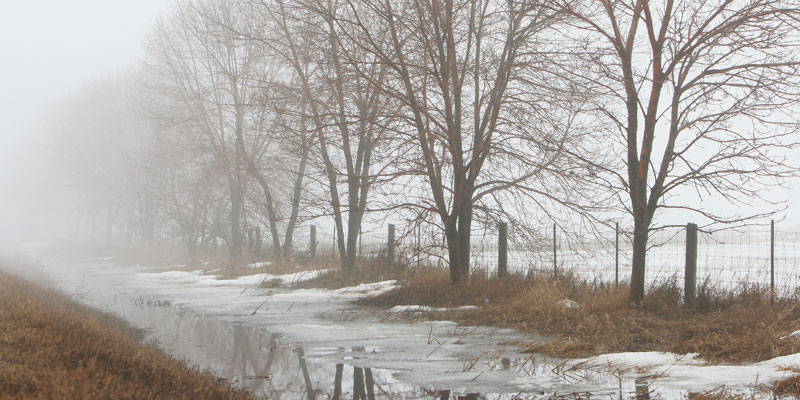Options and Innovations for Non-point Sources of Pollution Prevention and Water Resources Management in the Lower Fraser Valley
Principal Investigator - Hans Schreier, Professor, University of British Columbia, 2005 - 2007

Challenge
As a rapidly growing region, the Lower Fraser Valley in British Columbia has experienced increased non-point source pollution (NPS) from urban expansion and agricultural intensification. Livestock numbers have surged in the watershed, demonstrated by an increase of 28% in chickens between 1996 and 2001, while human population grew by 5% in the same time frame. Urban expansion has occurred mainly in upland areas as agricultural land is protected, creating a potential flooding threat for lowland agriculture and pollution from storm water run-off. Annual nutrient application (N and P) in many areas are in excess of crop requirements. These combined impacts threaten groundwater drinking water sources and Salmon habitat.
This research used a combination of techniques to determine contaminant loadings for the 30 sub-watersheds that contribute to the LFV. It addressed the challenge of scaling up from sub-watersheds to watersheds, connecting land use to water quality data using GIS, nutrient budgets, modelling, hydrometric and stream monitoring data. The research also evaluates best management practices (BMP’s), providing valuable information to develop innovative protection measures that can be applied on a watershed wide basis.
Project
Researchers examined nutrient and metal loadings in the LFV for all agricultural land and 20 municipalities. The data was presented in a GIS format to allow for historical comparison. The results indicated where surplus N and P applications occurred at levels above crop requirements and predicted where the eutrophication risk is the highest in the LFV. Bed sediments were sampled to analyse trace metals, replicating an evaluation done in 1973.
Researchers worked with the Township of Langley to develop a program that focuses on water conservation, pollution prevention, protection and rehabilitation of water resources. The supporting research studies included land use impact on water quality in 4 unconfined aquifers, where 150 wells showed significant levels of nitrate contamination. This was linked to dominant land use in 100 and 500 m buffer zones around each well, indicating septic systems and commercial agricultural activities and hobby farms as the main sources of the contamination. Proposed Best Management Practices (BMP’s) included improved manure storage and servicing of septic systems, reducing nutrient inputs, and creating better buffer zones. Further studies in the region included groundwater-surface water interactions, and use of benthic invertebrates to determine long term impacts of pollutants on ecosystem health. Researchers also conducted bacterial source tracking in partnership with the BC Centre for Disease Control.
Outputs
- Development of a WEB-site that provides up to date scientific information on the status and quality of the groundwater and the stream water in the Salmon River watershed, highlight the effectiveness of BMP’s and make the information available to the community as part of a public education program.
- Additional public information component added to web site to show residents what they can do to conserve water. The program is called the Water Wise program and will be highlighted in community forums and schools this summer when the water use is highest.
- Development of water conservation program (Water Wise) in conjunction with the Township of Langley.
Outcomes
- Changes in practice for the public and for municipalities in relation to Best Management Practices for innovative protection measures.
- Informed decision-making for watershed groups and municipalities
- Increased capacity with the training of multiple graduate students involved in this project.




